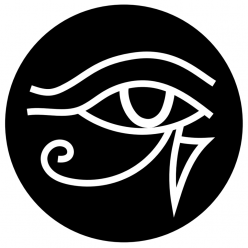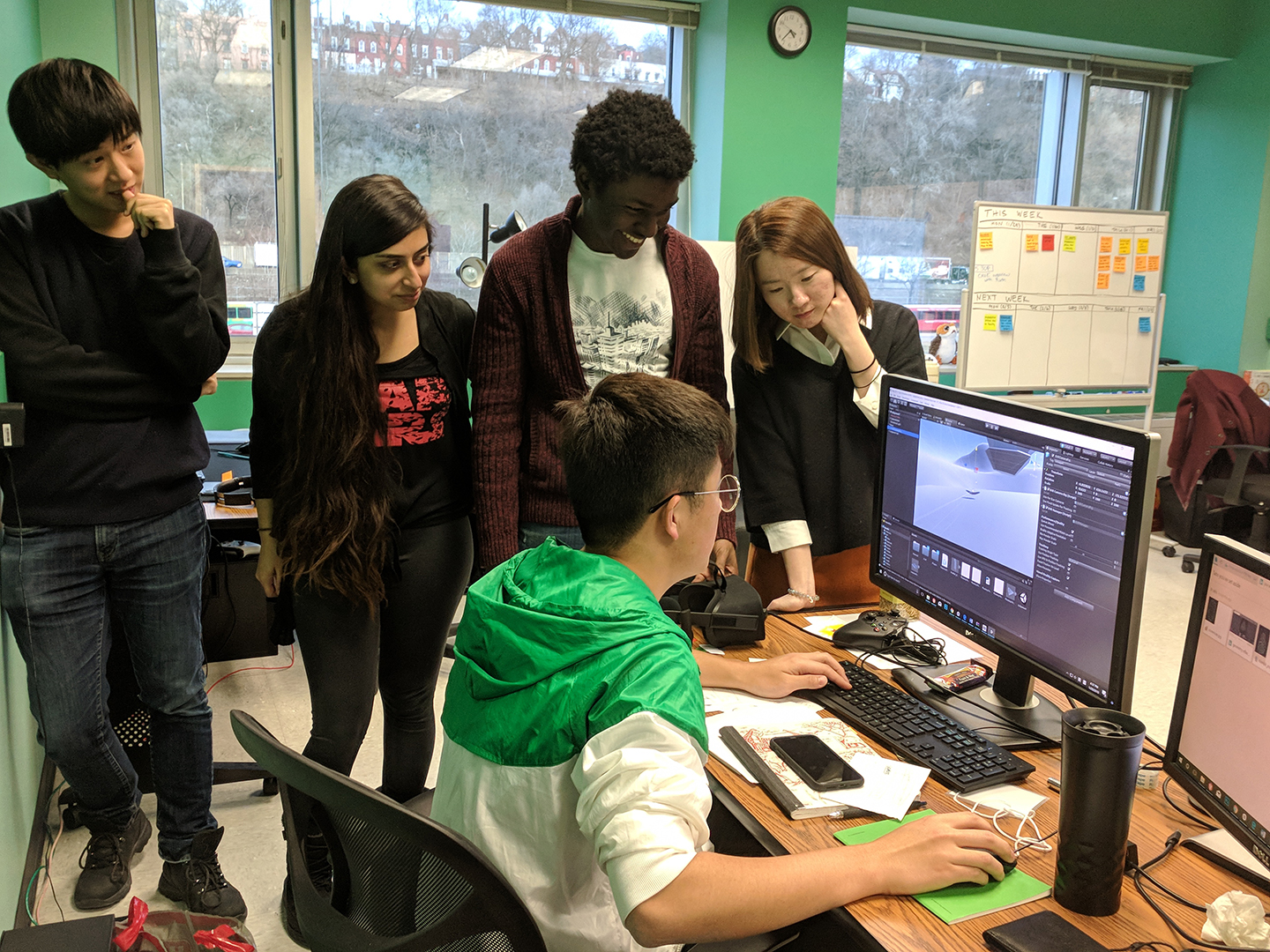
A large part of this week went into carrying out our technical goals, and discussing how the story needs to be adjusted to fit the needs of the project.
We spent a large portion of this week working on prototyping the environments for our experiences, and testing out our technical pipeline for creating and implementing art assets. We also made sure that Perforce is being properly used in order to ensure version control as we move forward.
The biggest win for this week is that prototyping these environments has given us a solid base to start rapidly testing these environments and designs moving forward. Each environment has a target emotion that we are designing them to provide for our guests, and these emotions must be conveyed across two very different platforms.
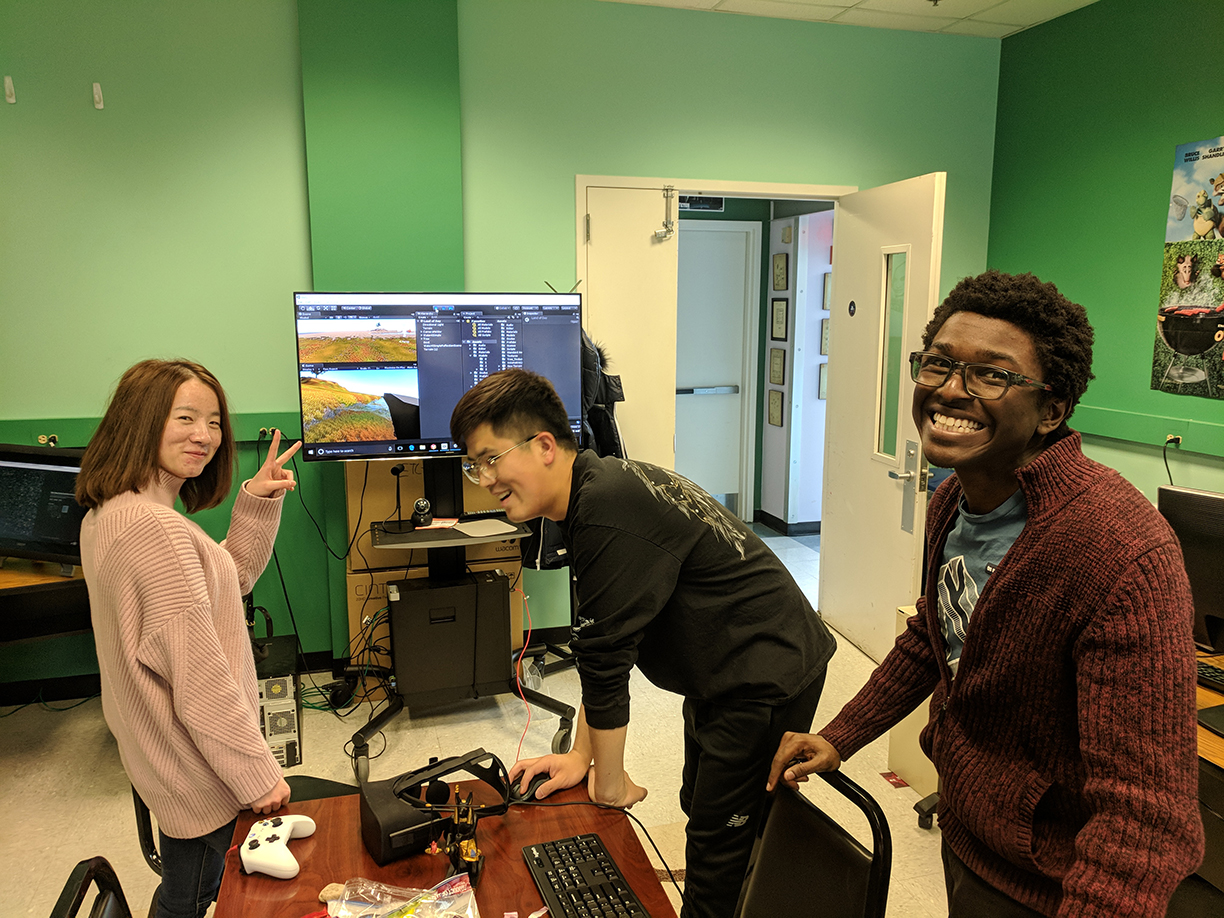
Early Environmental Concept Art
These rough mockups helped us begin visualizing the layout and build asset lists of each environment so we could start mapping out the virtual space.
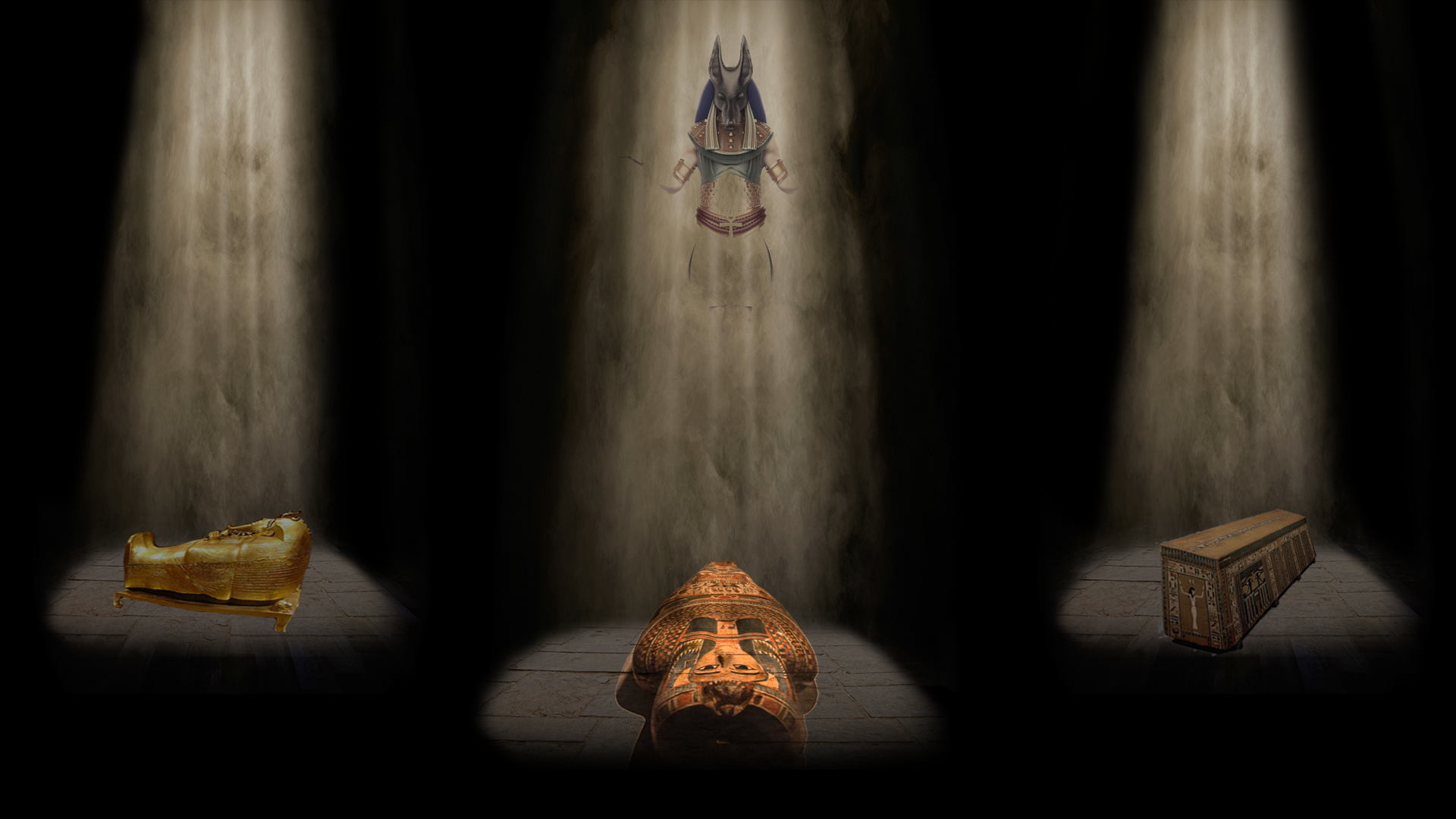
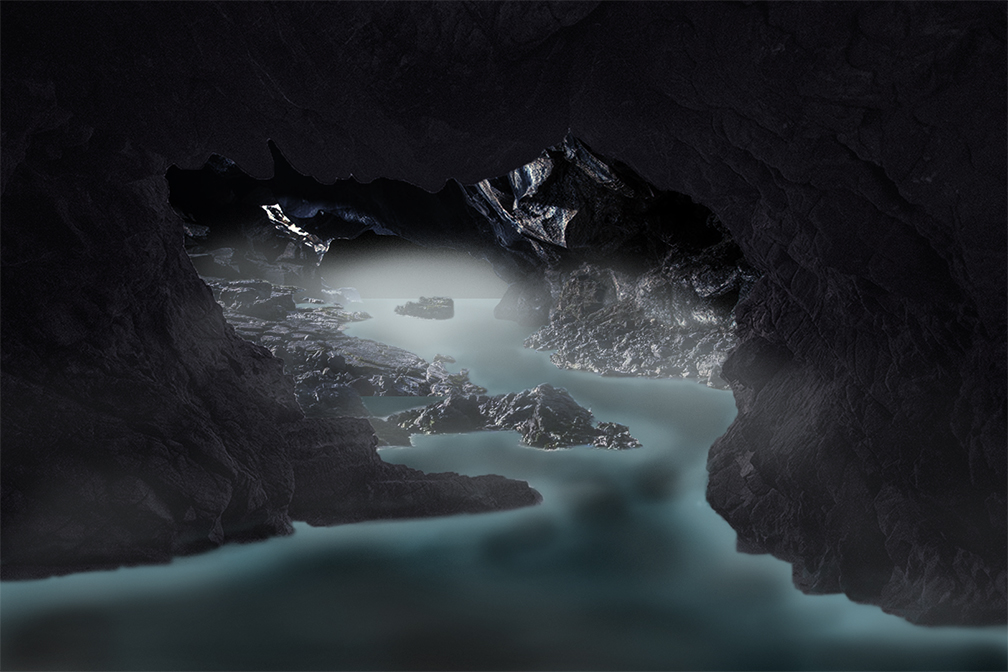
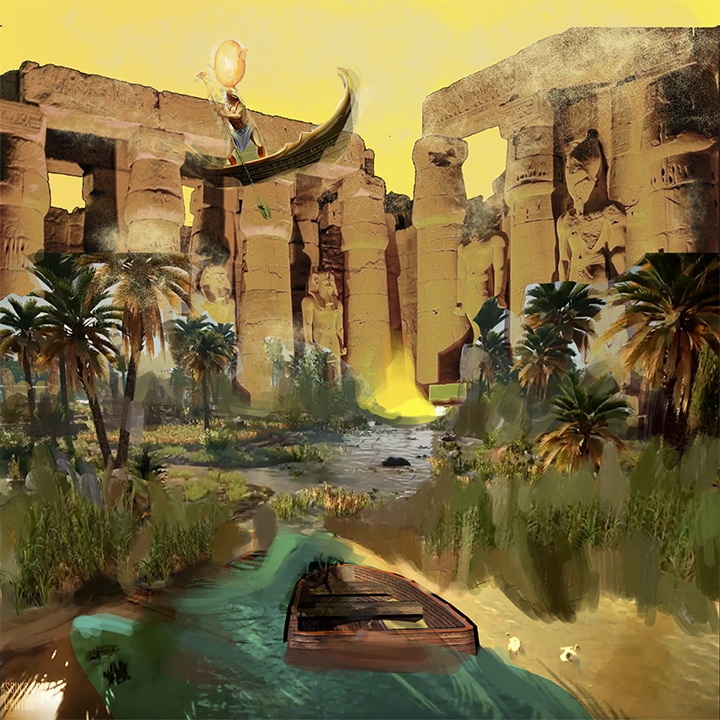
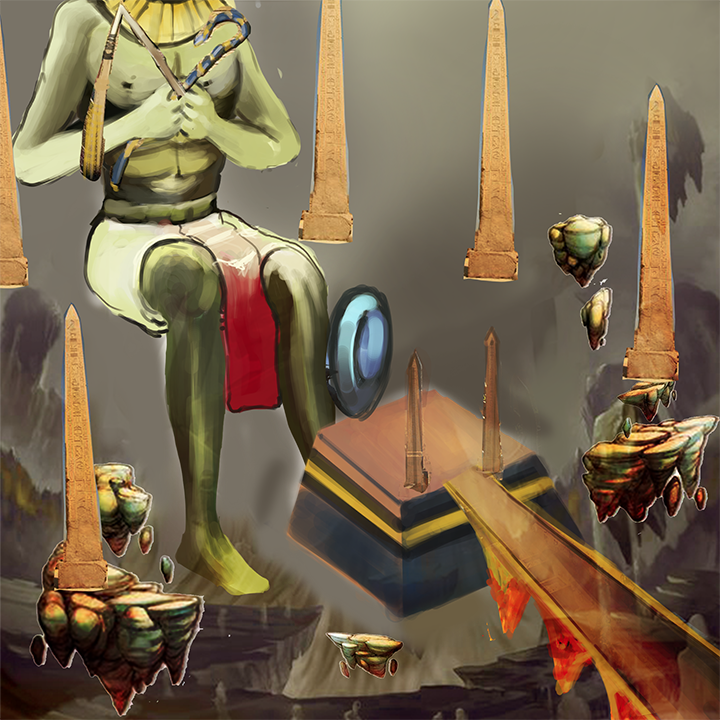
Using these pieces, we started mapping out each environment in Unity to start testing our sense of scale and placement from the guest’s perspective in our experience. We also started running into frame rate issues, so we are moving ahead with the awareness of that limitation and researching ways in which we can work around it.
Rough Unity Layouts
In building out these environments, we’ve discussed how they feel and how they fit the role that each environment plays in the guest’s journey through this experience. We were able to test our digital assets pipeline, and have proved that our team’s roles and communication channels are solid enough that we are able to make rapid changes while we are still in this highly iterative stage of story.


Character Design
We have also begun visualizing the characters that will inhabit this environment. As story and narrative are still in discussion, we are putting our focus on the character we know will be present regardless; Anubis, the Egyptian god of the dead. Maya files containing humanoid figures with joints were presented as part of the pre-production package, so character design has gone largely into how his head will look.
We have also established expectations for modeling and rigging from the animation perspective, which carry over into other characters as well.
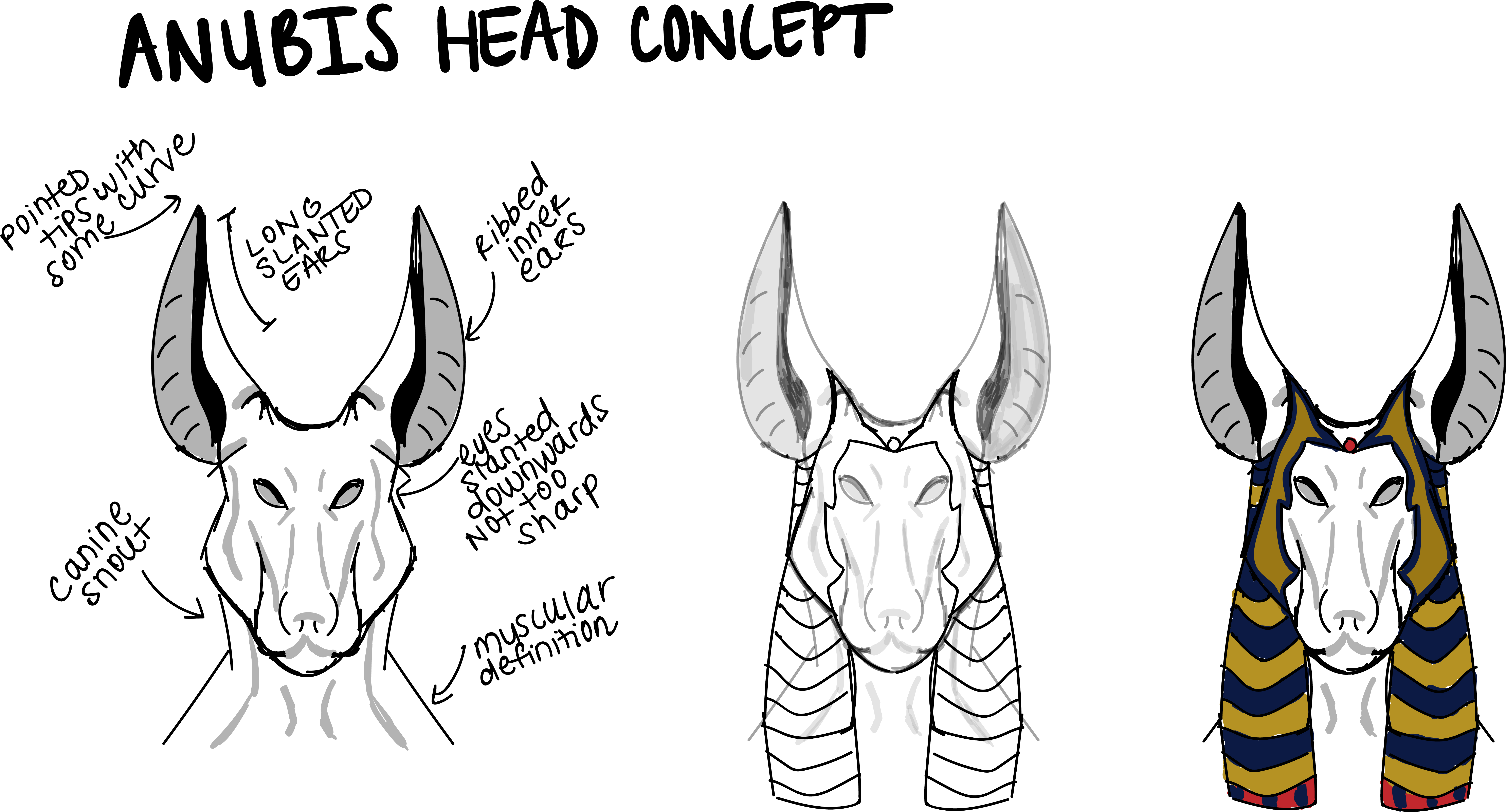
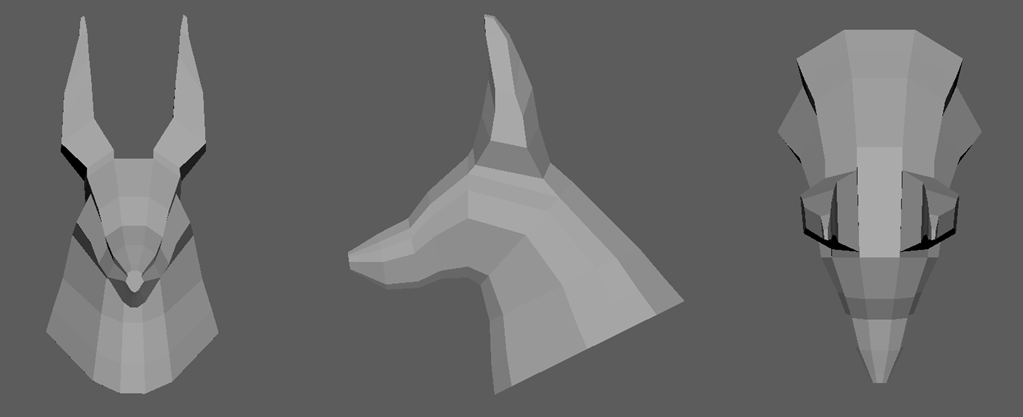
Next Steps
As we start building more detailed environmental art assets, we are securing our SFX/music (because we have no sound designers on our team!) and we are ironing out what sort of narrative experience our guests will have while traveling through these environments we are building. We know we want our guests to come away with a feeling of unease caused by some level of self-reflection; the moral of the original myth is that the goodness of one’s heart, not worldly wealth, will be judged by this journey through Duat and by the gods inhabiting it. We need more discussion on what exactly we can do and what we need to test to ensure the myth’s emotional essence is conveyed to our guests through our environments in both platforms.
In the spirit of this, we’re aiming to begin playtesting how these environments feel for guests in both the CAVE and in virtual reality so we know what kinds of changes we need to make to our designs for our guests to feel what we intend them to feel.
See you next week!
